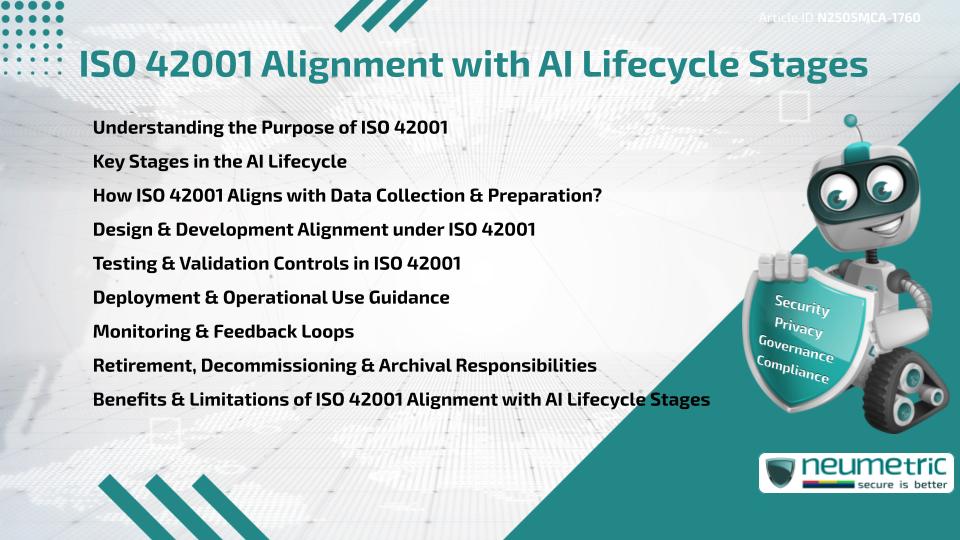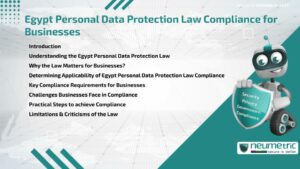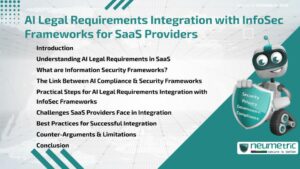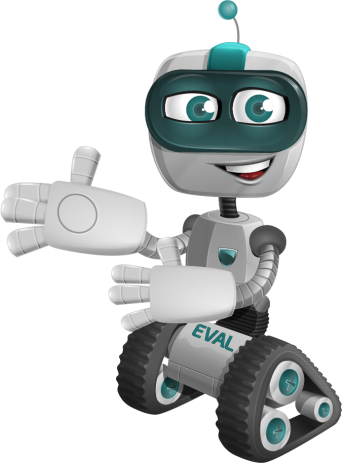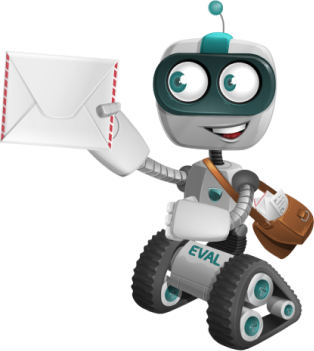Table of Contents
ToggleIntroduction
Artificial Intelligence [AI] is no longer confined to academic research or niche applications. From Healthcare & Finance to Customer support & logistics, AI is now powering critical decisions & operations. But with power comes responsibility & that responsibility calls for trustworthy, accountable & transparent systems. This is where the ISO 42001 alignment with AI lifecycle stages becomes essential.
ISO 42001, the international Standard for AI Management Systems, provides a structured approach to managing AI-related Risks & ethical concerns. It aligns closely with the key stages of the AI lifecycle to ensure that safety, Compliance & transparency are embedded into every phase. This article explores how ISO 42001 maps onto each lifecycle stage, the benefits of this alignment & what Organisations should watch out for when applying it.
Understanding the Purpose of ISO 42001
ISO 42001 is designed to help Organisations manage the Governance of AI responsibly. It introduces an Artificial Intelligence Management System (AIMS) similar to how ISO 27001 governs Information Security.
The goal is not to enforce a single technical solution but to help Organisations build frameworks that suit their AI use cases. It helps balance innovation with Risk, creating a repeatable structure for developing & deploying AI technologies ethically & safely.
Key Stages in the AI Lifecycle
The AI lifecycle consists of multiple stages that range from data collection to system retirement. These stages typically include:
- Data Collection & Preparation
- Design & Development
- Testing & Validation
- Deployment & Operational Use
- Monitoring & Feedback
- Retirement & Archival
Understanding each phase is crucial to see how ISO 42001 alignment with AI lifecycle stages ensures oversight & accountability.
How ISO 42001 Aligns with Data Collection & Preparation?
Data is the foundation of any AI System. According to OECD AI Principles, quality, fairness & accountability must be embedded right from data acquisition. ISO 42001 mandates that Organisations document data sources, validate consent where needed & assess bias.
Through Annex A controls, the Standard also encourages data minimization & proper retention Policies. This alignment ensures that AI Systems do not inherit or amplify societal bias or Privacy Risks during the data stage.
Design & Development Alignment under ISO 42001
Designing an AI System is not just about model architecture or code. It involves setting objectives, selecting training methods & defining performance metrics.
ISO 42001 supports these tasks by requiring design objectives to reflect ethical values, Stakeholder interests & applicable laws. The Standard emphasizes Risk-based thinking, encouraging teams to identify & mitigate harms such as explainability gaps or unfair outputs during early development.
This approach ensures that developers don’t just chase performance but also accountability.
Testing & Validation Controls in ISO 42001
Testing AI Systems is different from traditional software. AI Models may behave unpredictably under new conditions or data distributions. ISO 42001 offers guidance on how to verify that models meet intended outcomes without causing unintended harm.
Validation must include both technical testing (such as accuracy or precision) and ethical evaluation (such as fairness or transparency). ISO 42001 recommends human oversight mechanisms & Stakeholder Feedback Loops to review model behavior before deployment.
This ensures robust & responsible release of AI applications into the real world.
Deployment & Operational Use Guidance
AI deployment is not the end of the lifecycle—it’s the beginning of public interaction. ISO 42001 requires role-based accountability & clear documentation during operational rollout.
For example, user instructions, Audit trails & Access Controls must be in place. The Standard also calls for Training Programs to help operational teams understand How to manage & monitor AI Systems.
This ensures that teams stay aware of how AI behaves in the field & can respond to unexpected outcomes or failures.
Monitoring & Feedback Loops
Once deployed, AI Systems must be continuously monitored to ensure they perform safely & ethically. ISO 42001 alignment with AI lifecycle stages includes requirements for performance audits, incident reporting & Stakeholder feedback mechanisms.
Organisations must evaluate whether AI decisions are still aligned with their stated objectives & whether retraining or tuning is required. Transparency is key-logs, impact assessments & control updates are all encouraged.
This ensures the AI remains trustworthy over time, not just at the time of release.
Retirement, Decommissioning & Archival Responsibilities
Even the best AI Models become outdated or irrelevant. ISO 42001 outlines specific procedures for retiring AI Systems responsibly.
This includes removing access, archiving data securely & informing Stakeholders. The Standard encourages a lifecycle thinking approach so that AI doesn’t outlive its purpose or become a Risk due to neglect.
Proper decommissioning also aligns with Data Protection laws & ethical commitments, helping Organisations remain compliant even at the end of an AI System’s life.
Benefits & Limitations of ISO 42001 Alignment with AI Lifecycle Stages
The primary benefit of ISO 42001 alignment with AI lifecycle stages is that it brings Governance into each step, not just at the beginning or end. It reduces operational Risks, improves trust among users & helps meet regulatory requirements.
However, there are limitations. Smaller Organisations may find full implementation resource-intensive. Also, ISO 42001 focuses on process & Governance, it does not guarantee that the AI will always be accurate or fair. It complements technical controls but does not replace them.
Still, when integrated thoughtfully, the Standard provides a strong Framework for managing AI responsibly.
Takeaways
- ISO 42001 provides structured Governance for AI Systems.
- It aligns with every key stage of the AI lifecycle.
- From data to decommissioning, ISO 42001 offers guidance on ethical & operational Risks.
- Organisations can use the Standard to meet legal, ethical & transparency expectations.
- Limitations include complexity & reliance on proper implementation, especially for smaller teams.
FAQ
What is ISO 42001?
ISO 42001 is a global Standard that provides requirements for an Artificial Intelligence Management System [AIMS] to govern the development & use of AI Systems.
How does ISO 42001 apply to AI design?
It aligns AI design with ethical values, legal obligations & Stakeholder interests through documented design objectives & Risk Assessments.
Can ISO 42001 be used during AI data collection?
Yes, it helps enforce Policies for data quality, bias checks & consent management at the earliest stage of the AI lifecycle.
What makes ISO 42001 different from technical standards?
Unlike purely technical standards, ISO 42001 focuses on management, Governance & ethical oversight across the AI lifecycle.
Is ISO 42001 mandatory for AI projects?
No, it is a voluntary Standard but increasingly adopted by Organisations that want structured & trustworthy AI Governance.
Does ISO 42001 improve AI fairness?
It supports fairness through documented controls & bias mitigation strategies, especially in design & validation phases.
What are the challenges in implementing ISO 42001?
High resource requirements, training needs & lack of Standard tools are common challenges, particularly for small Organisations.
Is ISO 42001 useful for AI deployment teams?
Yes, it provides operational guidelines including Access Control, documentation & Incident Response plans for deployed AI.
Need help?
Neumetric provides organisations the necessary help to achieve their Cybersecurity, Compliance, Governance, Privacy, Certifications & Pentesting goals.
Organisations & Businesses, specifically those which provide SaaS & AI Solutions, usually need a Cybersecurity Partner for meeting & maintaining the ongoing Security & Privacy needs & requirements of their Clients & Customers.
SOC 2, ISO 27001, ISO 42001, NIST, HIPAA, HECVAT, EU GDPR are some of the Frameworks that are served by Fusion – a centralised, automated, AI-enabled SaaS Solution created & managed by Neumetric.
Reach out to us!

